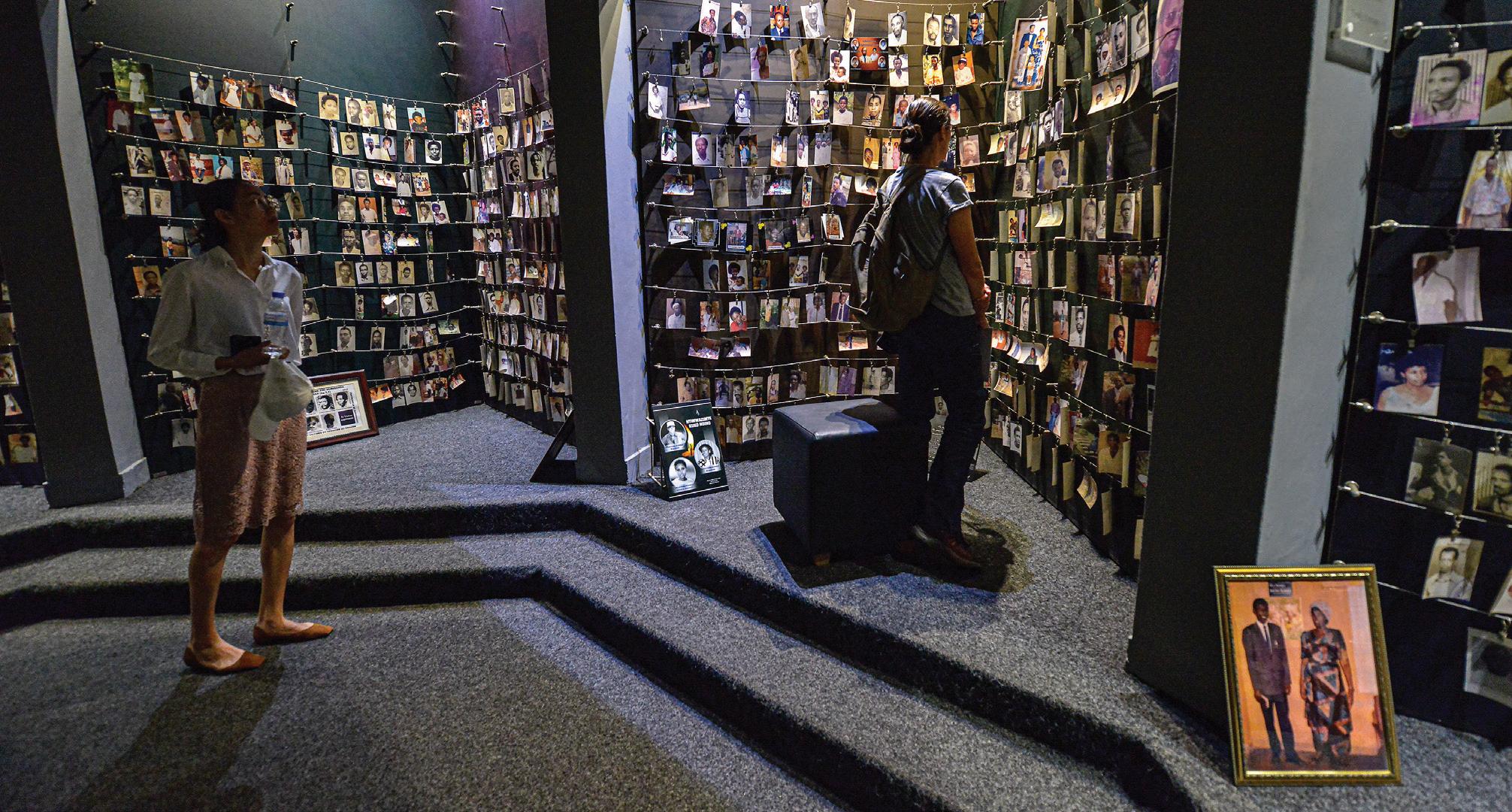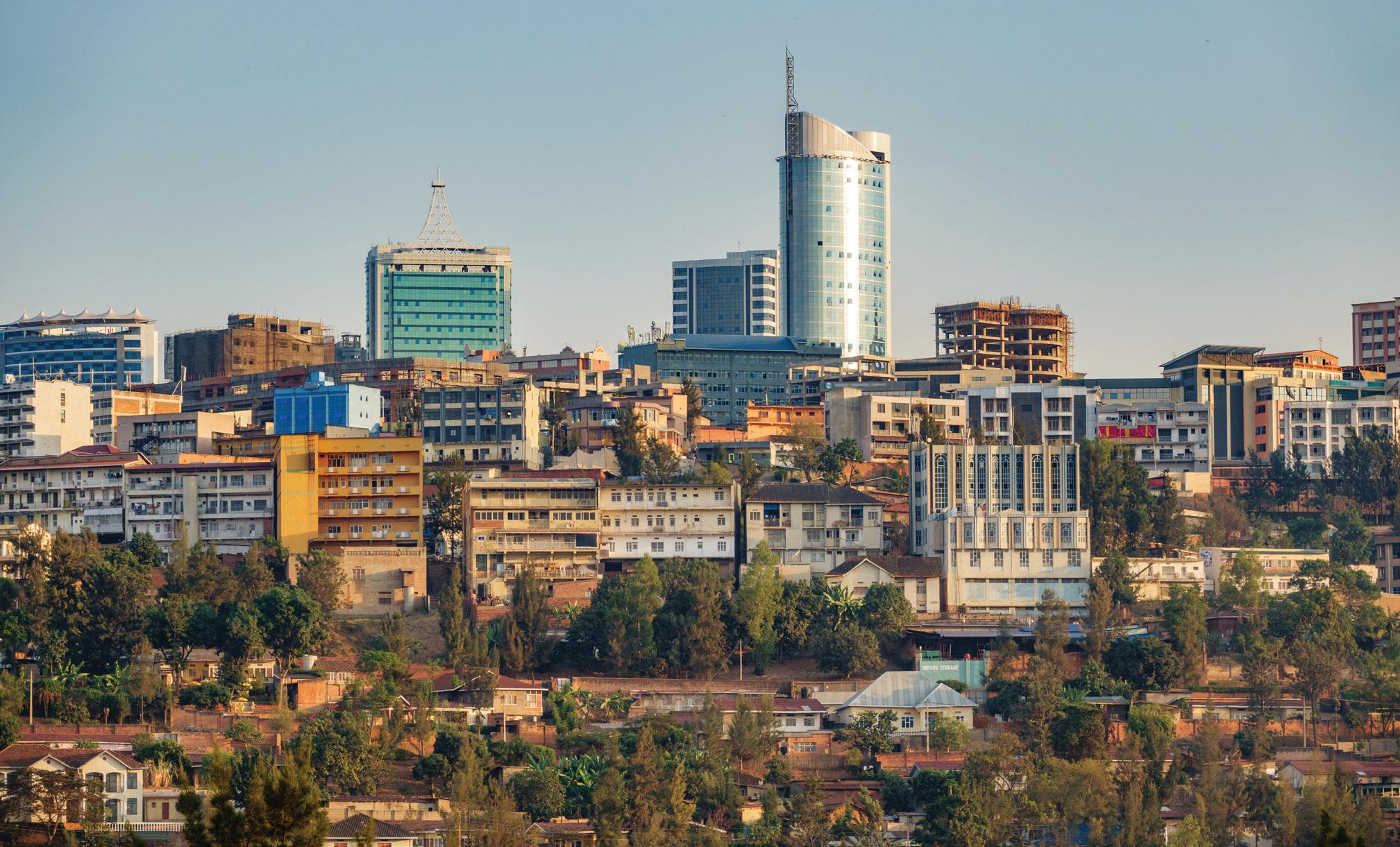
2 minute read
Activity 7: State Of Democracy In Africa
Numerous declarations have addressed the need to advance women’s rights and status in Africa. In August 2007, for example, the Southern African Development Community (SADC) Declaration on Gender and Development reaffirmed a minimum goal of 50 per cent women’s representation in parliament. Despite ongoing public support for these sorts of measures, however, the status of women, particularly in areas of politics and governance, has seen only nominal improvement. In Botswana and Lesotho, women represent only 11.1 and 25 per cent of parliamentarians respectively, which places them toward the bottom rankings for SADC countries. This problem exists primarily because political parties, which play a central role in identifying and training political leaders, do not see the value in women assuming party leadership positions or running for elected office (National Democratic Institute, 2020).
Activity 9: Case studies of WPP (Successful stories)
Objectives:
Time Needed
Methodology
Materials
Case of Rwanda By the end of the activity, participants will be able to:
Understand that the WPP is possible through success stories. Have tips on how countries can increase WPP
1 Hour
Group discussion and facilitator presentation
Flipchart, markers and paper

A picture of downtown Kigali, Rwandas capital city. () The 1994 mass extermination of more than 1,000,000 Tutsis and moderate Hutus was horrific for both the victims that lost their lives, as well as those who survived that, have had to live with the legacy of trauma. The majority of survivors were women who had suffered extreme physical and emotional hardship. From 1994 to 2003, the Rwandan Patriotic Front’s transitional government directed a reform process to decentralize authority and broaden participation in government. Women’s political engagement became a principal part of the government’s agenda.
Tourists visiting the National Memorial to the victims of Genocide in Kigali, Rwanda ()
In 2003, the first parliamentary election after the genocide gave women 49 per cent of the seats in the lower house of parliament, making Rwanda the world leader in women’s political participation. The international community and civil society responded with programmatic support that further helped women’s participation in government be more effective. In 2008, women were elected to 56 per cent of seats in the lower house of parliament, making Rwanda the the first and only country in the world to have a majority of women in its parliament. Today, Rwanda is still in the lead with women holding 62 per cent of the seats.
Mechanisms for promoting women’s inclusion. Through government policies and programs.
1. Constitution drafting: Women were instrumental in developing Rwanda’s constitution, as civil society advocates and as members of the Constitutional Commission-the body responsible for drafting the constitution.
2. Constitutional provisions: The 2003 constitution mandates that 30 per cent of all posts in decision-making organs be reserved for women. Of the 80 seats in the lower house of the legislature, 24 are set aside. The constitutional directive also has been used to seek 30 per cent women’s representation in the judiciary, the executive branch, and on political party lists.
3. Triple balloting: At the local level, women are guaranteed a percentage of seats via a triple ballot on which voters choose one general candidate, one female candidate, and one youth candidate.







